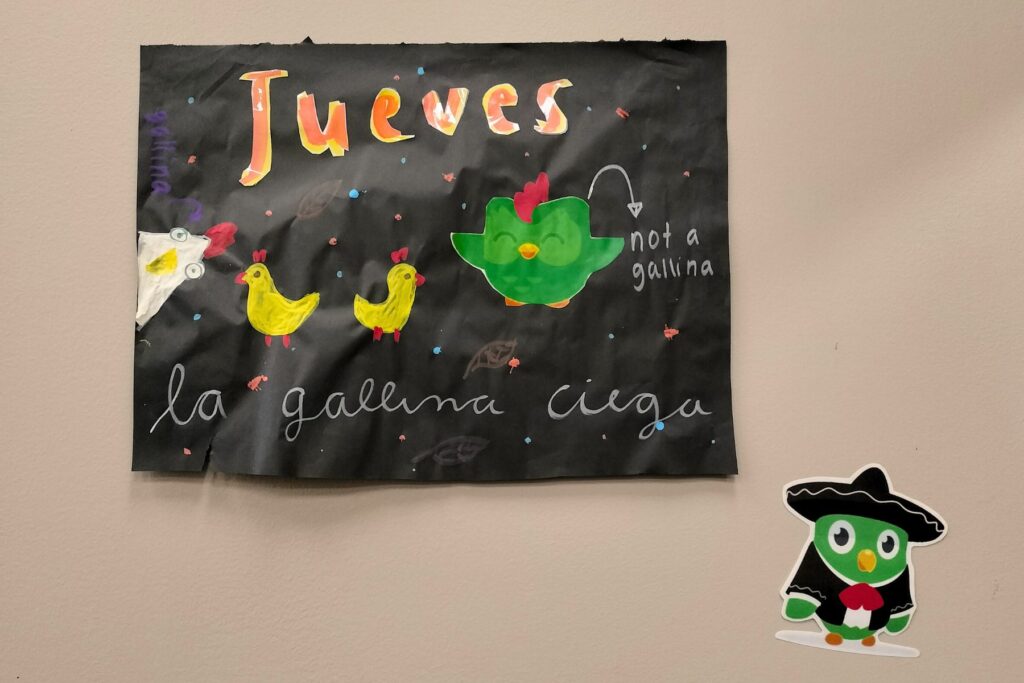One of the best things about attending college — besides enjoying your newfound independence and pursuing your future — is the exposure to different cultures. You get to meet people from all over the world and learn about their heritage, family and customs — and how theirs may differ from your own. At the University of Toledo, where roughly 38% of the entire student body is non-white and 10% are international students, students have ample opportunity to meet people from different backgrounds and explore the plethora of cultures that are represented on campus. With dozens of cultural student organizations, university offices and campus events aiming to bring together opportunities to learn about different cultures, students are gaining a global education beyond their academics.
For example, the university recently hosted several events in honor of Hispanic Heritage Month. Hispanic Heritage Month takes place from September 15 through October 15 every year to pay tribute to Hispanic and Latino Americans who have greatly contributed to the fabric of our society. Throughout this month, Hispanic heritage and history is often commemorated through public activities and events related to art, food, music, sports, science, etc. At the University of Toledo, students were invited to explore Hispanic culture through various campus events such as salsa making, piñata crafting, a fútbol game, movie night, trivia and more.
One such event was “Real Life Duolingo,” a spin-off of the virtual language learning tool. The event was put on by the Global Latin Student Union, a student organization that is centered on Latino and Hispanic culture, and the Office of Multicultural Student Success.
At Real Life Duolingo, students played games at several stations throughout the room that showcased the diversity of the Spanish language across Latin American countries.
“So we come from different backgrounds like Puerto Rico, Mexico, Ecuador and other parts of Latin America,” Rudy Velasquez, one of GLSU’s event planners, said.
Posters around the room with days of the week written on them indicated the types of games one could play at each station.


Left: Poster for the Martes (Tuesday) station advertises the game “el ahorcado,” also known as“Hangman.” Right: Poster for the Jueves (Thursday) station advertises the game “la gallina ciega,” which literally translates as “the blind hen” is more commonly known as “Blind Man’s Buff”, a game very similar to “Marco Polo.” By Mariam Mohamedein for Juice House.
At one station, was a game of “Hangman” where students were asked to guess letters that could be a part of a specific Spanish word or phrase.
“This is a game to show us a sense of community, and to learn more about everybody. And we wanted to share that with…the student body,” Velasquez said.


Left: Students playing the game, “Hangman.” Right: A student’s “Hangman” phrase which translates as, “I didn’t ask to be born Latina, I was just lucky.” By Mariam Mohamedein for Juice House.
Another station was set up to play “Tutti Frutti,” a game similar to “Scattergories” where a letter of the alphabet is chosen and players must write down as many words beginning with that letter they can think of within different categories. Participants had to write down words in Spanish before a timer buzzed.

Velasquez also played a role in other initiatives during Hispanic Heritage Month, including arranging for dining halls to serve iconic Hispanic foods.
“We submitted different recipes for the chefs at [the] Ottawa West [dining hall] to make stuff like that, and we could share our culture with everybody else that was eating there,” he said.
Beyond special events specifically occuring during Hispanic Heritage Month, GLSU actively promotes cultural awareness on campus during the academic year through various campus events related to Latino and Hispanic culture.
And for students looking for ways to explore more of Latino and Hispanic culture off campus, the Sofia Quintero Art and Cultural Center provides events and programs at their facility in South Toledo and across the city.
“We are a nonprofit that celebrates, as well as serves, the Latino culture through art, food, agriculture and mental health,” Taylor Burciaga, executive director of SQACC, said.
For Hispanic Heritage Month, SQACC provided free arts and crafts sessions for participants to make their own milagritos, or “good luck charms” at the Toledo Lucas County Public Library.
“Every year, we partner with the library, so we do off-site classes. This year was art classes, but we usually do them around multiple different library branches, and that’s something that pretty strategically happens during Hispanic Heritage Month,” Burciaga explained.
Students can also connect with SQACC’s programming year round by attending one of their culinary or art classes, visiting their art gallery, volunteering in their community garden, taking an interactive cultural tour or attending one of their many public events.
Burciaga also mentioned that SQACC is always looking for ways to work more closely with the University of Toledo and hopes to see more collaboration in the future.
“…any kind of student groups are huge when they come out and spend, even if it’s just a couple hours with us,” she said.
Whether on campus or in the community, opportunities to explore culture in Toledo are readily available. With organizations like these supporting students’ discovery and encouraging cross-cultural understanding, they are helping students gain valuable experiences during their college years.


